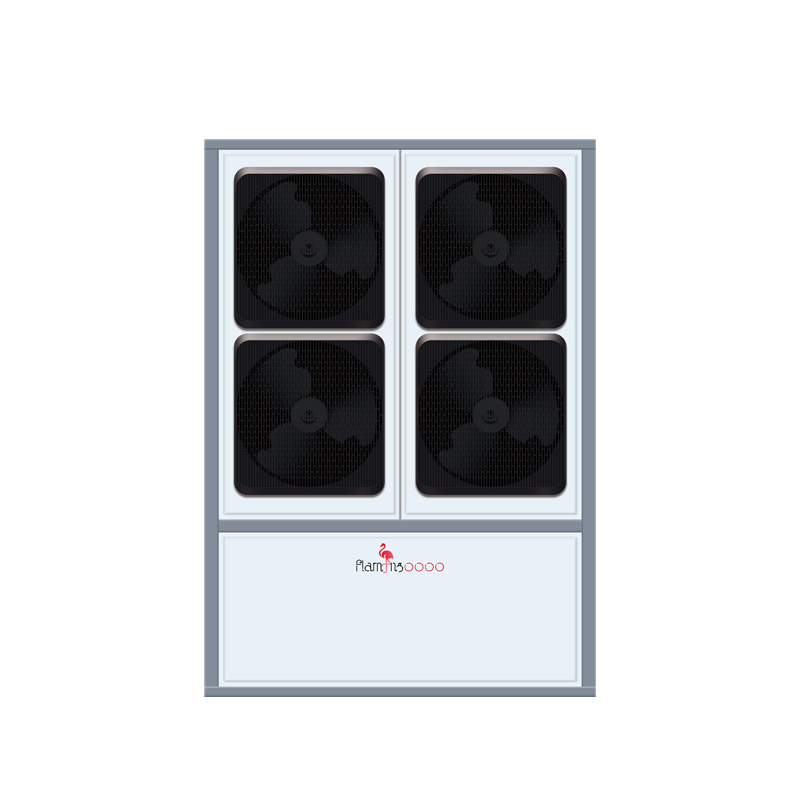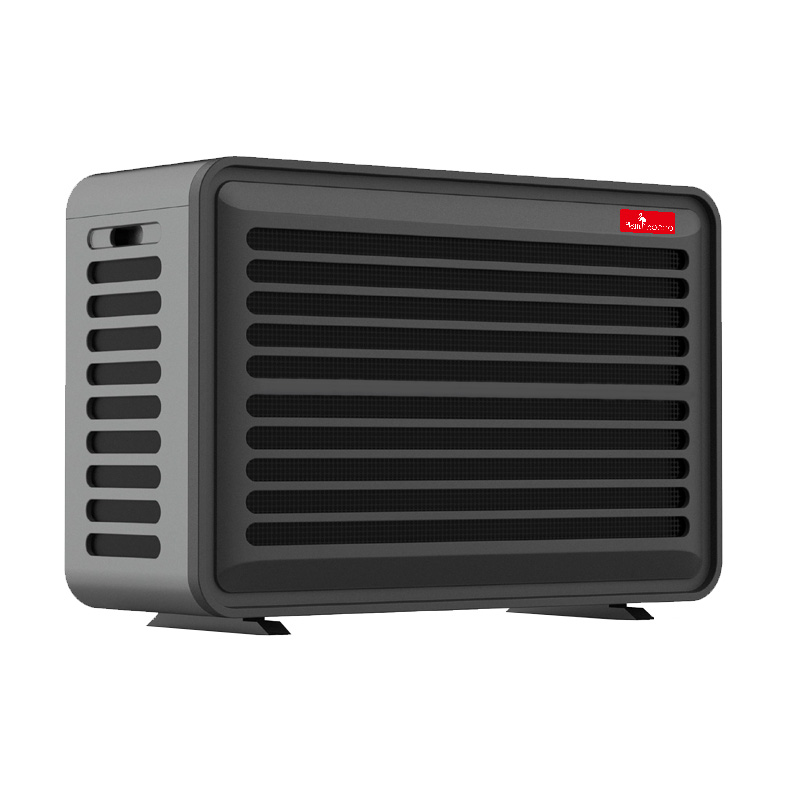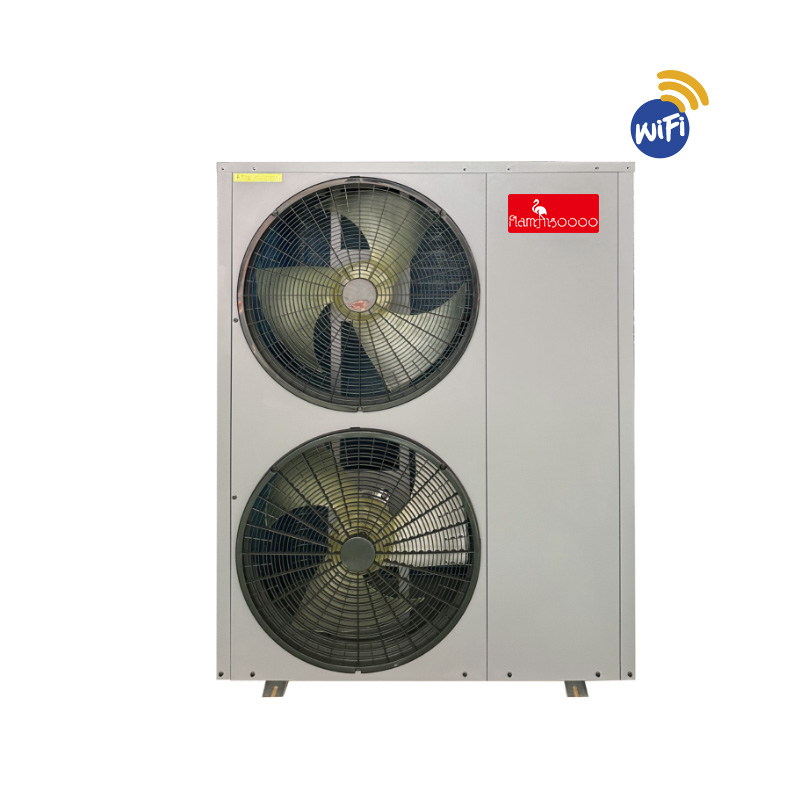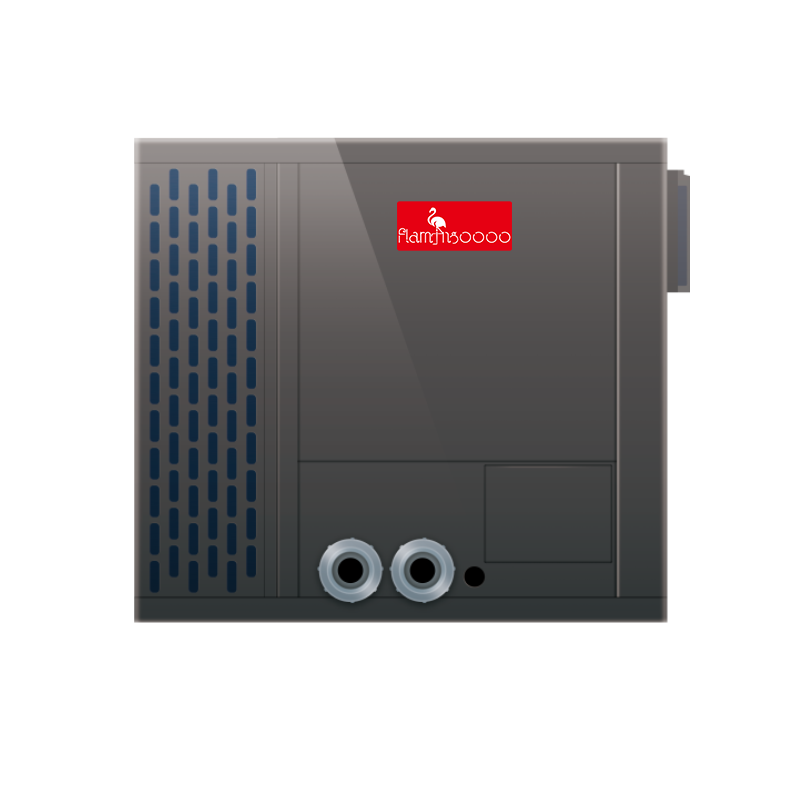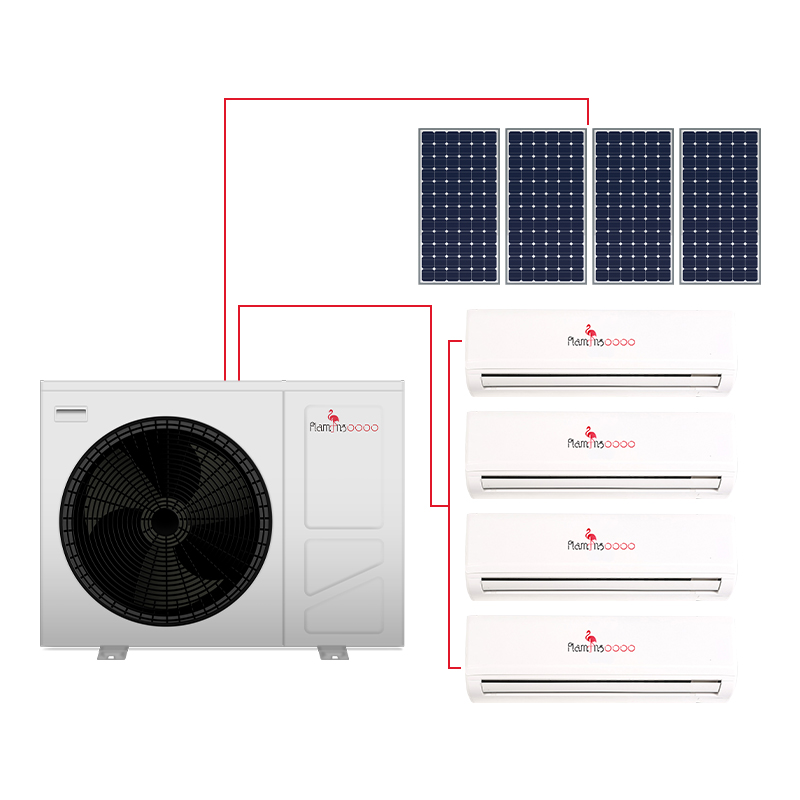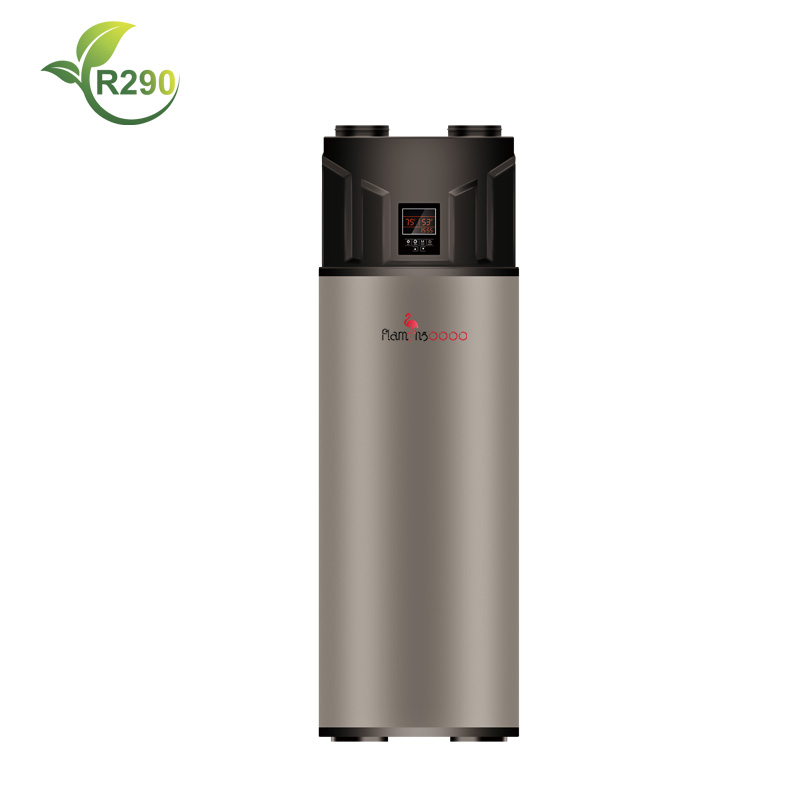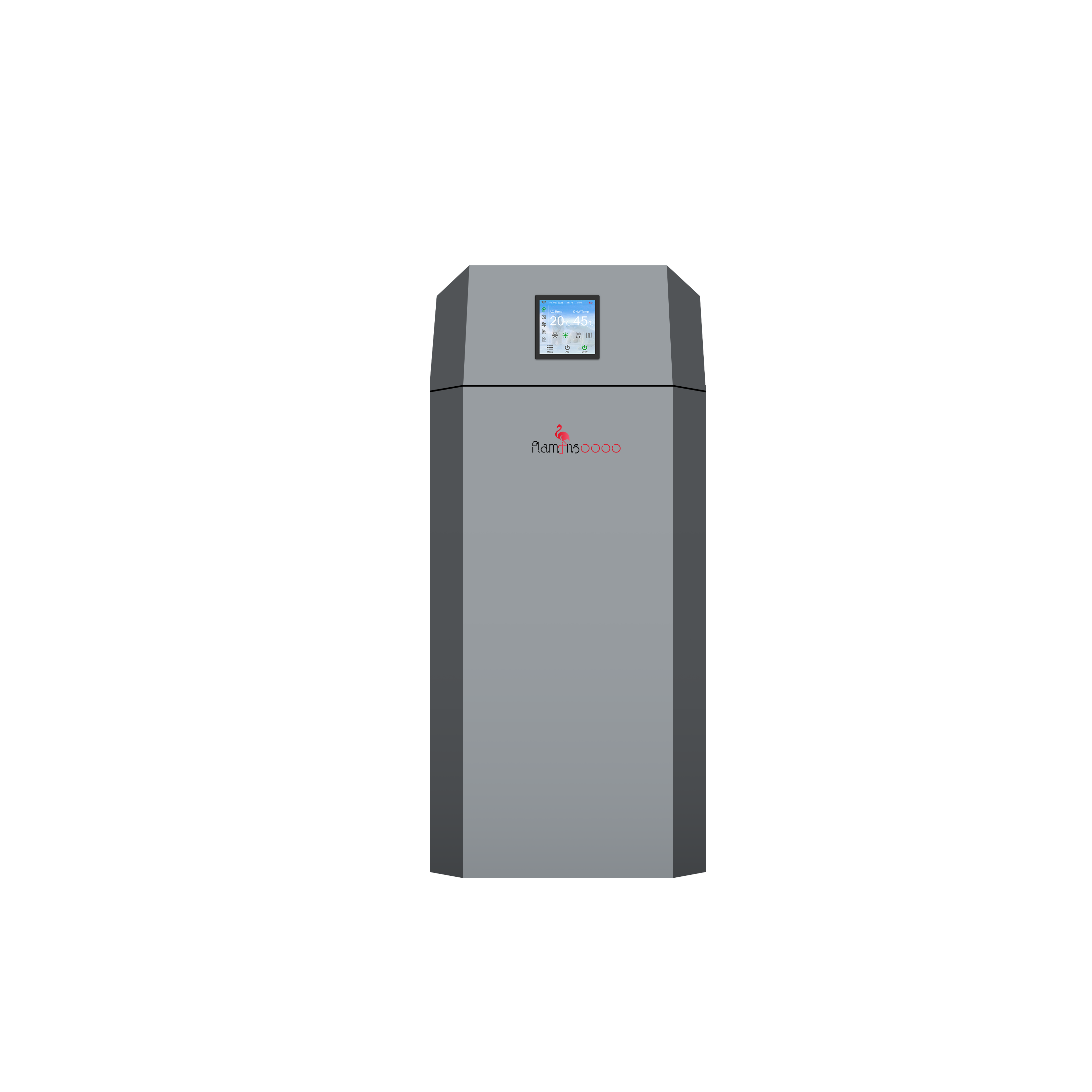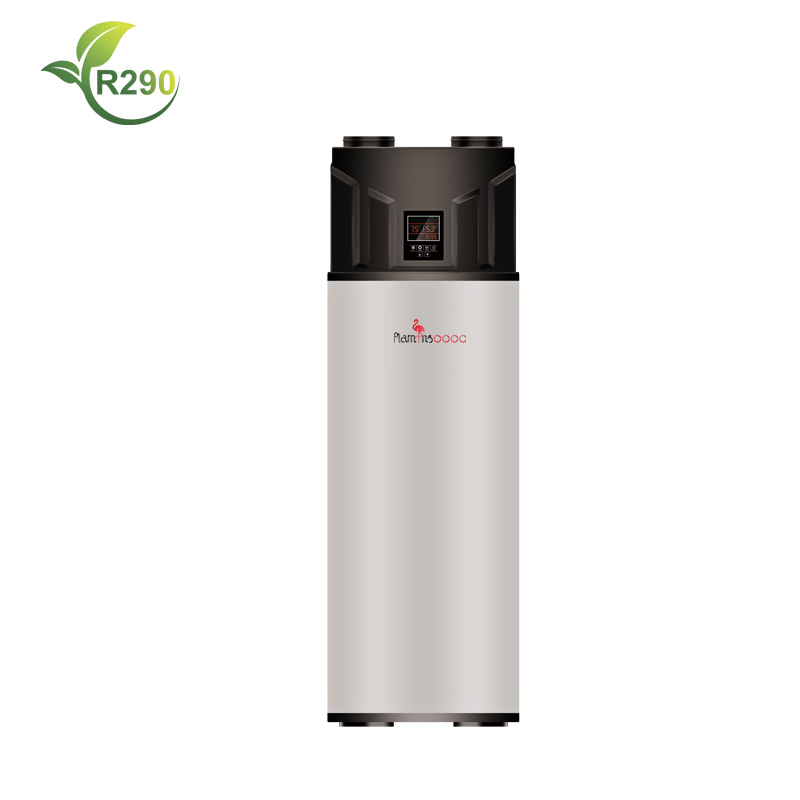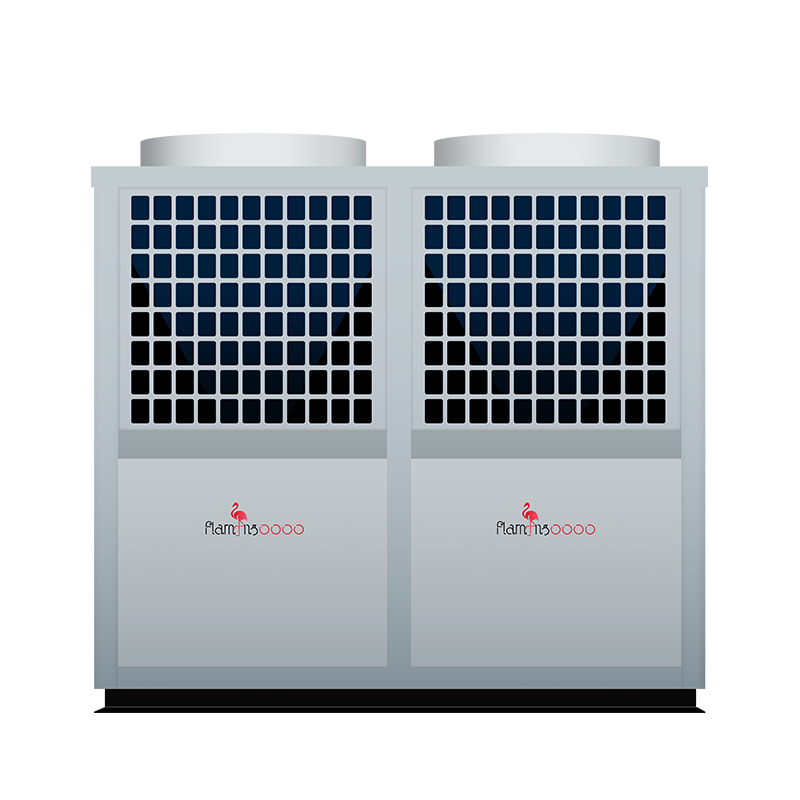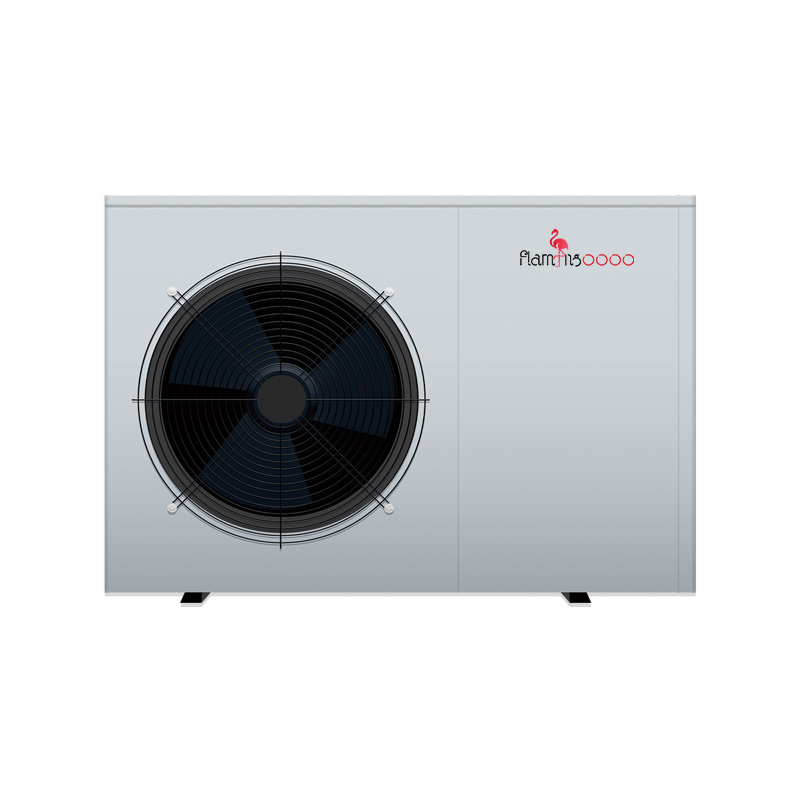Is a Photovoltaic Heat Pump Suitable for Commercial Buildings?
As businesses strive to reduce energy costs and meet sustainability goals, innovative technologies like photovoltaic (PV) heat pumps are gaining attention. But what exactly is a photovoltaic heat pump, and is it a good fit for commercial buildings? Let’s explore the concept and its potential benefits.
What is a Photovoltaic Heat Pump?
A photovoltaic heat pump combines two well-known green technologies: solar panels (photovoltaics) and heat pumps. Solar panels convert sunlight into electricity, which powers the heat pump. The heat pump, in turn, transfers heat from the outside air, ground, or water to provide heating, cooling, or hot water.
Unlike traditional heat pumps that rely on electricity from the grid, a PV heat pump uses clean, renewable solar energy. This combination can significantly lower energy bills while reducing a building’s carbon footprint.
How Does it Work?
Solar Energy Collection: Solar panels installed on the building’s roof or nearby structures capture sunlight and convert it into electricity.
Powering the Heat Pump: The electricity generated powers the heat pump, which extracts heat from the environment (air, ground, or water) and uses it to heat or cool the building.
Energy Storage (Optional): Excess solar energy can be stored in batteries for use during cloudy periods or at night, ensuring a continuous energy supply.
Benefits for Commercial Buildings
Lower Energy Costs: By generating their own electricity from solar panels, commercial buildings can reduce reliance on the grid, especially during peak energy usage hours. This can lead to substantial savings on energy bills.
Reduced Carbon Footprint: PV heat pumps use renewable energy instead of fossil fuels, making them a green alternative that supports corporate sustainability goals.
Energy Independence: Businesses become less vulnerable to fluctuations in energy prices, as they generate a portion of their own power on-site.
Heating, Cooling, and Hot Water in One: A PV heat pump can provide multiple functions in a single system, making it versatile and space-efficient for commercial applications.
Challenges to Consider
While the benefits are clear, businesses should also be aware of potential challenges:
High Initial Cost: Installing solar panels and heat pump systems requires a significant upfront investment. However, government incentives and tax credits can offset part of the cost.
Space Requirements: Solar panels need adequate roof or ground space for installation. For large commercial buildings, this might not be a problem, but smaller businesses may face space constraints.
Weather Dependency: Since solar panels rely on sunlight, energy production decreases on cloudy days. However, modern systems can store energy in batteries to address this issue.
Is it Suitable for Your Business?
The suitability of a PV heat pump for a commercial building depends on several factors:
Building Size and Energy Needs: Larger buildings with high energy demands may see greater returns on investment.
Location and Sunlight Availability: Buildings in sunny regions will produce more solar power, increasing the system’s efficiency.
Budget and Incentives: Businesses should check for available government grants, tax credits, or subsidies to lower installation costs.
Conclusion
Photovoltaic heat pumps offer a promising solution for commercial buildings aiming to reduce energy costs and carbon emissions. While the upfront cost may be high, long-term savings and environmental benefits make it a worthwhile investment for many businesses. By harnessing the power of the sun and efficient heating technology, commercial buildings can achieve greater energy independence and sustainability.

